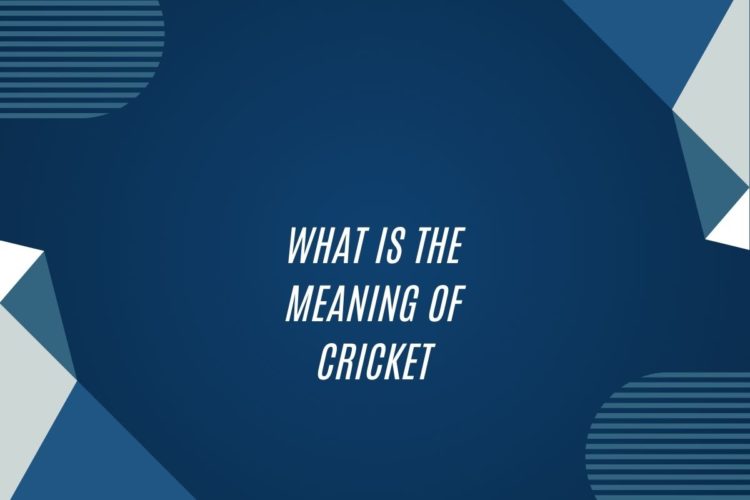The History of Cricket
Cricket is a sport that can trace its roots back to the 16th century. It originated in England and quickly gained popularity across the British Empire. The early form of the game was played by children in the fields, using a wooden ball and makeshift equipment.
As the sport evolved, clubs and teams began to form, leading to the first recorded cricket match in the 17th century. The rules of the game continued to develop over time, with the introduction of regulations such as the leg before wicket rule and the overs system. Today, cricket is played at an international level, with teams from different countries competing in various formats of the game.
The Origins of Cricket
Cricket’s origins can be traced back to the late 16th century, with evidence suggesting that the game was first played in southeastern England. Initially, cricket was a game played by children in rural areas, using improvised equipment like sticks and stones as opposed to the sophisticated gear used today.
Over time, cricket gained popularity and evolved into a more structured sport with defined rules and regulations. The first recorded cricket match took place in the early 17th century, solidifying the game’s status as a competitive sport. As cricket continued to grow in popularity, it spread to other regions of England and eventually made its way to other parts of the world through British colonization.
The Evolution of Cricket Rules
Cricket has a rich history that dates back to the 16th century. Originally, the game was played with simple rules, with bat and ball, but the game has evolved significantly over the years. The first codified set of rules for cricket was established in 1744, known as the “Laws of Cricket,” which laid the foundation for modern cricket rules.
As the popularity of cricket grew, so did the need for more standardized rules. The 18th and 19th centuries saw several revisions and additions to the Laws of Cricket, such as the introduction of lbw (leg before wicket) rule in the 1770s and the creation of the third stump in the 1770s. These changes have shaped the way the game is played today and continue to be refined to ensure fairness and consistency in cricket matches.
The Significance of Cricket in Different Cultures
Cricket, a sport with deep roots in history, holds great significance in various cultures around the world. In countries like India, Pakistan, Australia, and England, cricket is not just a game but a way of life. It serves as a common thread that brings people together, transcending barriers of language, race, and religion. The passion for cricket runs deep in these societies, with matches often drawing huge crowds and uniting fans in a shared sense of pride and joy.
Furthermore, cricket has played a vital role in shaping the cultural identity of many nations. In the West Indies, for example, cricket is a symbol of resilience and unity, reflecting the region’s complex history of colonization and independence. Similarly, in South Africa, cricket has been a vehicle for social change, breaking down racial barriers and promoting equality. Across the globe, cricket has become more than just a sport – it is a reflection of the values, traditions, and aspirations of diverse societies.
The Impact of Cricket on Society
Cricket’s influence on society transcends boundaries, serving as a unifying force that brings together people from diverse backgrounds and cultures. The sport fosters a sense of community and camaraderie among individuals, breaking down barriers and opening doors for meaningful interactions.
Moreover, cricket holds the power to inspire and instill values of teamwork, discipline, and resilience among its followers. Through the display of sportsmanship and fair play on the field, cricketers serve as role models for the younger generation, imparting essential life lessons that extend far beyond the game itself.























